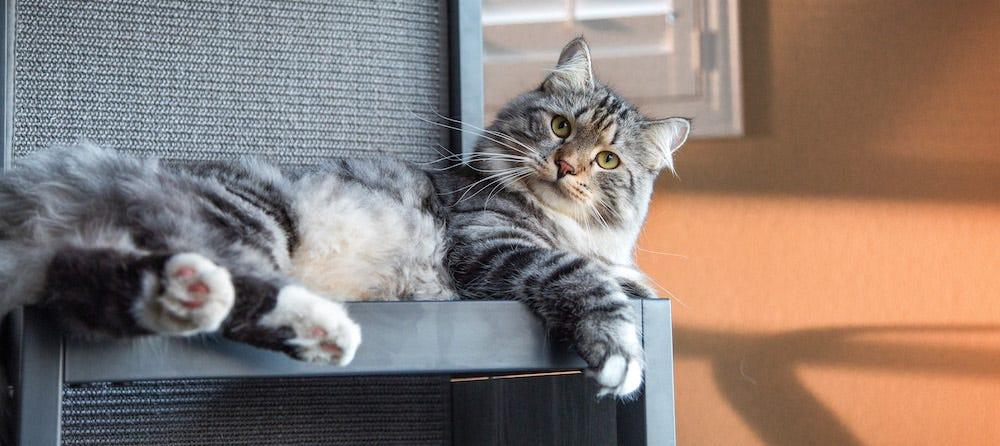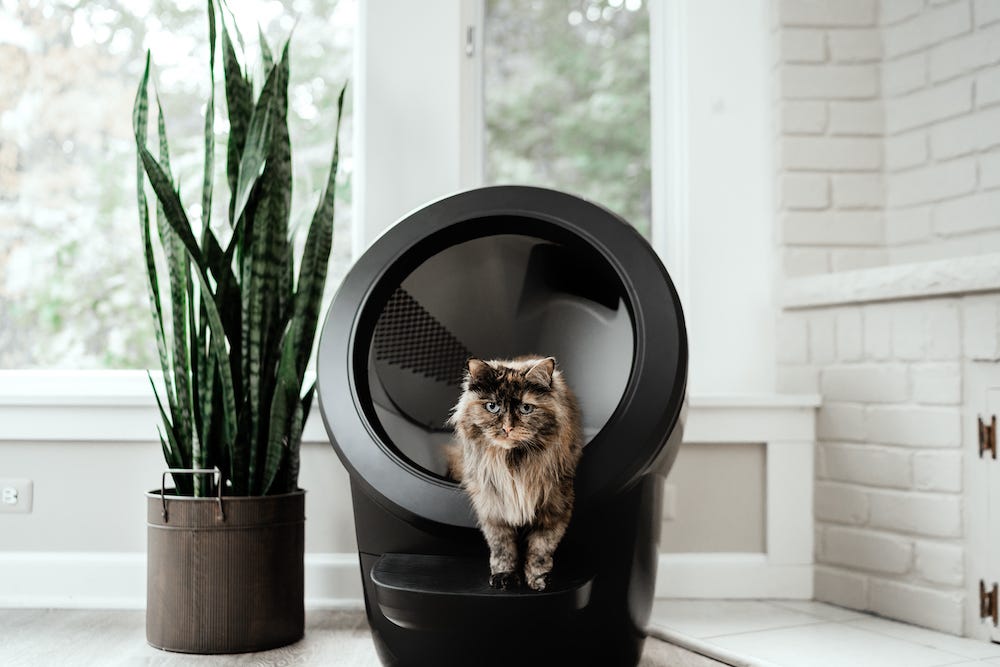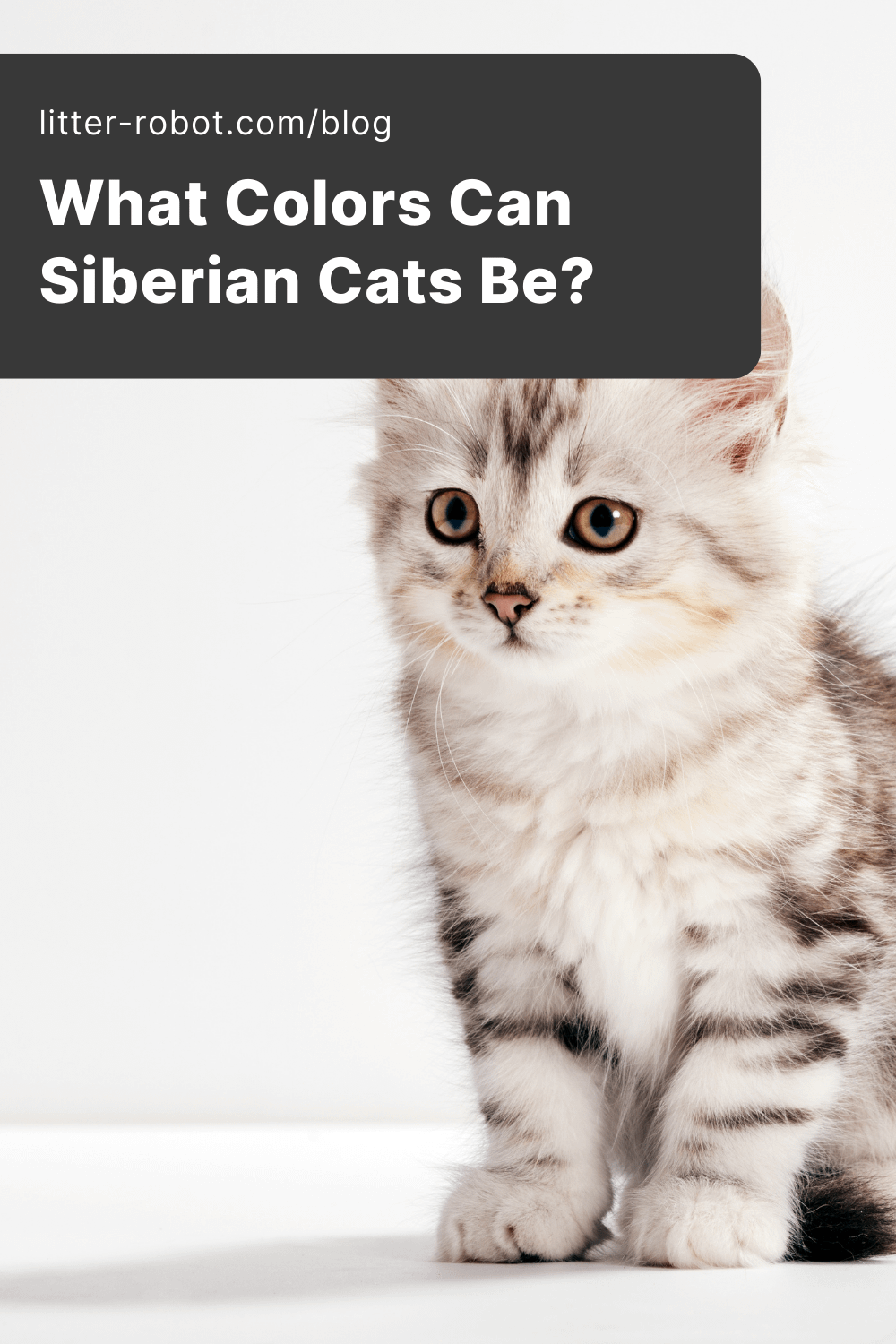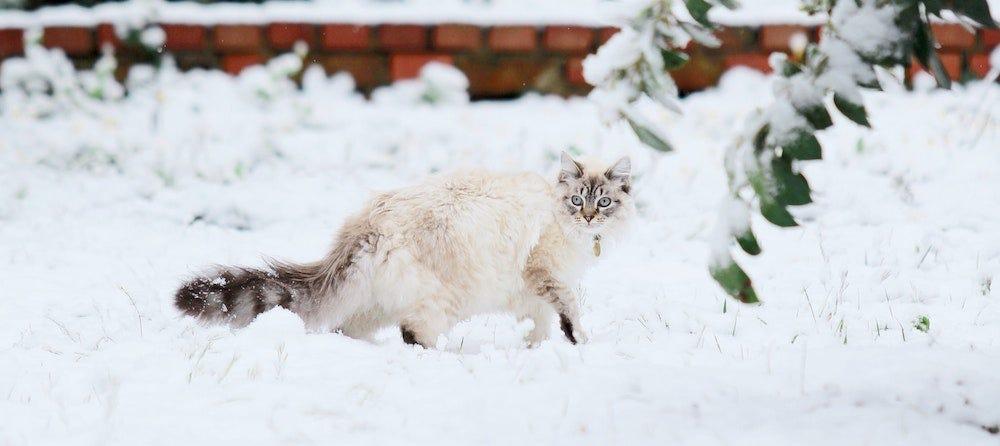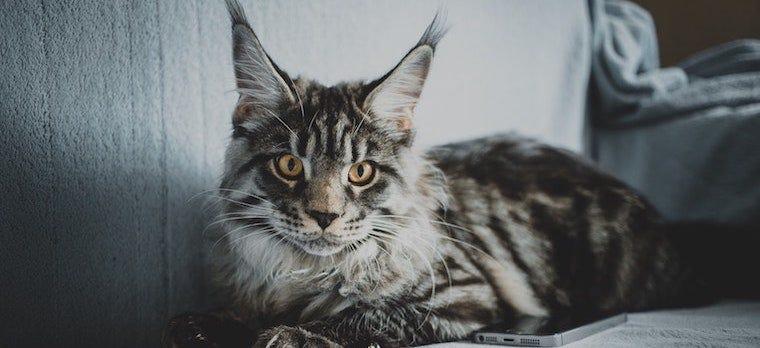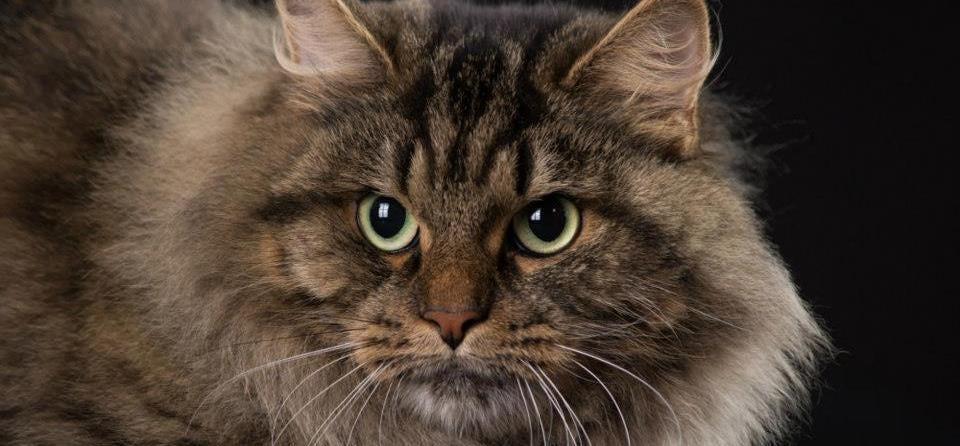Siberian cats are known for their remarkable ability to survive and thrive in the Siberian climate. With intense winters and harsh weather, Siberia is not an easy place to make your home, but this is exactly what these cats did.
To endure this harshness, you have to assume that the Siberian cat has adapted so well that their bodies find Siberian weather rather comfortable. This breed is a natural breed that is formally known as the Siberian Forest cat. They are bred to survive the long winters and have done so flawlessly for hundreds (perhaps thousands) of years.
Though rough and tough on the outside, these cats are lovable and cuddly creatures!
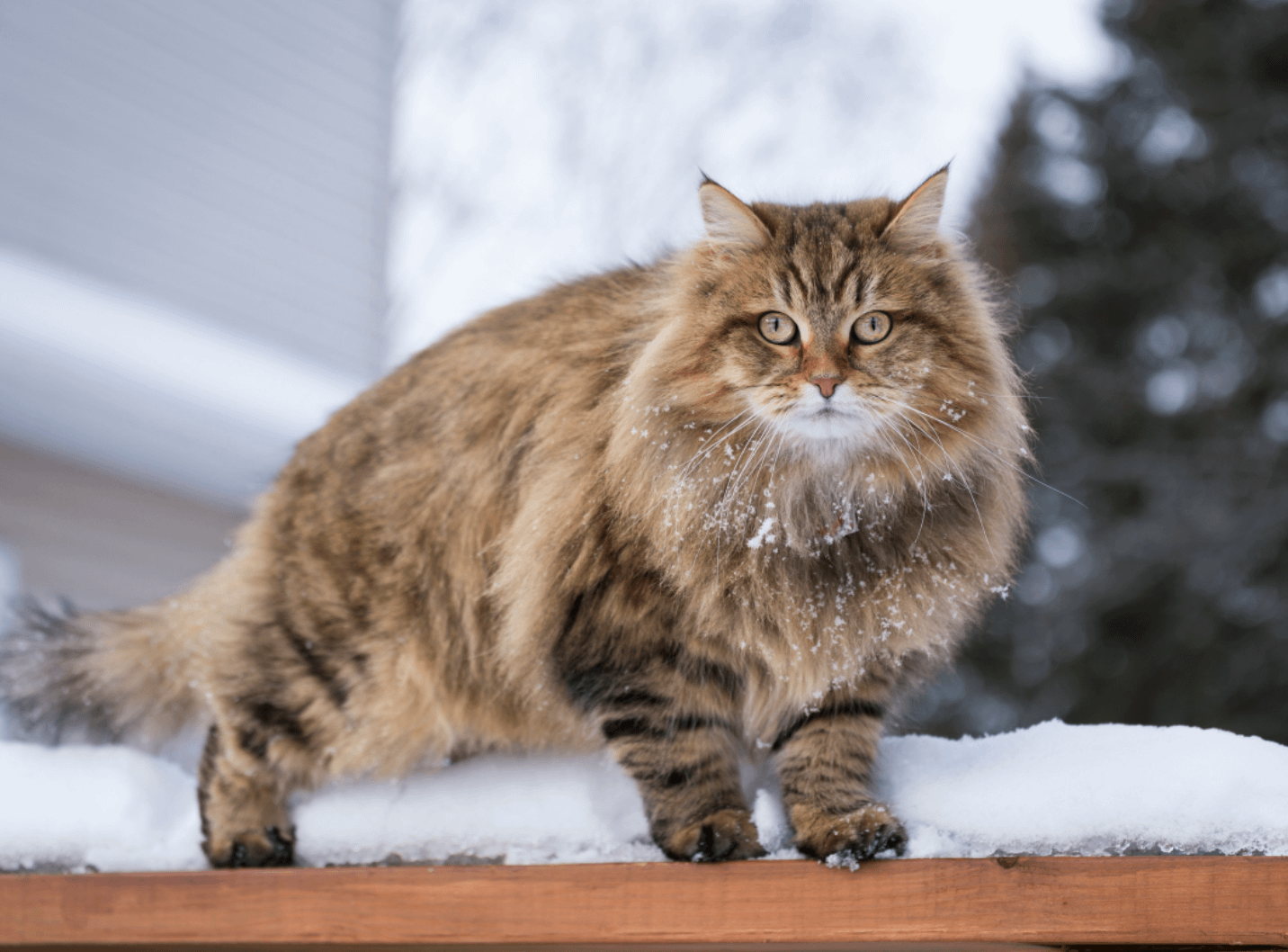
What are the origins of the Siberian cat?
The Siberian cat comes across as very mysterious. This is often the case with natural breeds because there is no exact time that you can pinpoint their breed coming into existence.
They are not like many man-made cat breeds that we know and love today, bred only 50 to 100 years ago through selective breeding. These nature-made cats originated and adapted on their own.
Siberian cats were heavily featured in Russian stories and fairytales for centuries, further cementing their mysterious legacy. There are stories about Siberian cats standing guard over their property as a dog would. These incredible felines would protect anyone who slept there at night.
People deeply trusted and adored these cats and doted on them accordingly. Thanks to their love, the Siberian Forest cats began to trust humans and enjoy their company.
In the 1990s, the Siberian cat finally journeyed overseas and landed in the United States. Here these cats flourished. They were unique and large, yet gentle and kind. Despite their large size, they are agile and playful. They are always down for a good cuddle (and we simply can’t refuse!). Americans loved these traits, and soon the Siberian was a much sought-after addition to many pet households.
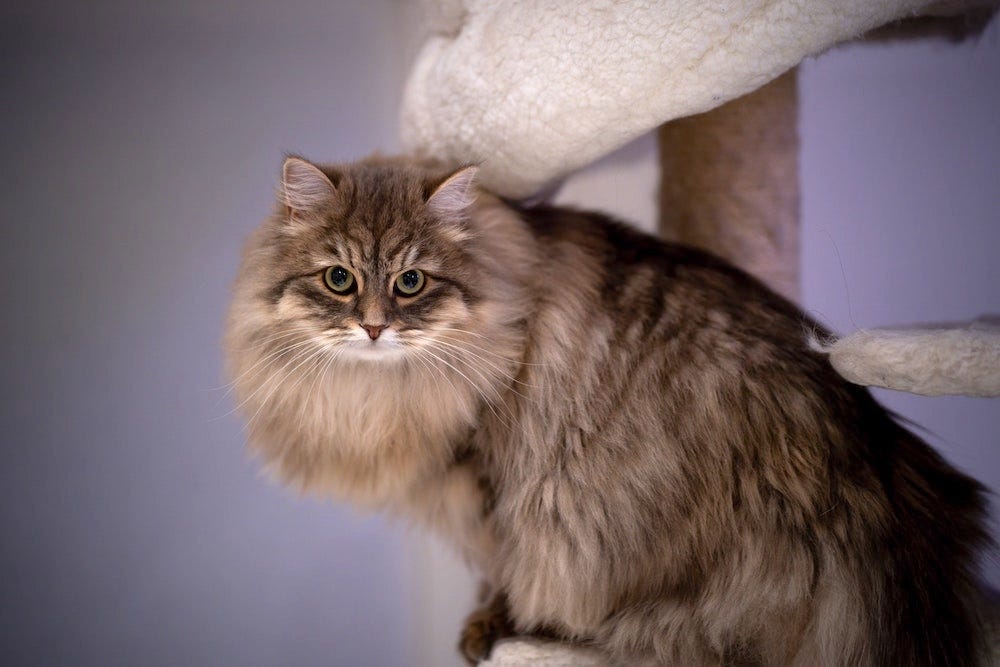
What does a Siberian cat look like?
The Siberian cat is known for their wild, almost feral appearance. They are medium- to large-sized cats, but their thick, dense coats sometimes add up to 2 pounds to their overall weight. Their thick, semi-long coats also contribute to how large we perceive them to be. These cats can weigh up to 20 pounds, with females usually smaller than males.
They are sturdy cats that are considered to be strong hunters and protectors. Though today they might protect their spot on the couch more than they protect their home from intruders, this cat is still larger than most and can be very intimidating (and intimidatingly beautiful).
Siberians have a water-resistant triple coat, including an outer coat made of guard hairs, a middle layer consisting of awn hairs, and a soft undercoat.
The three separate layers keep them warm in the winter. In the summer, they shed most of their coat to shave off a few pounds… RIP to your couch, clothing, and bedding.
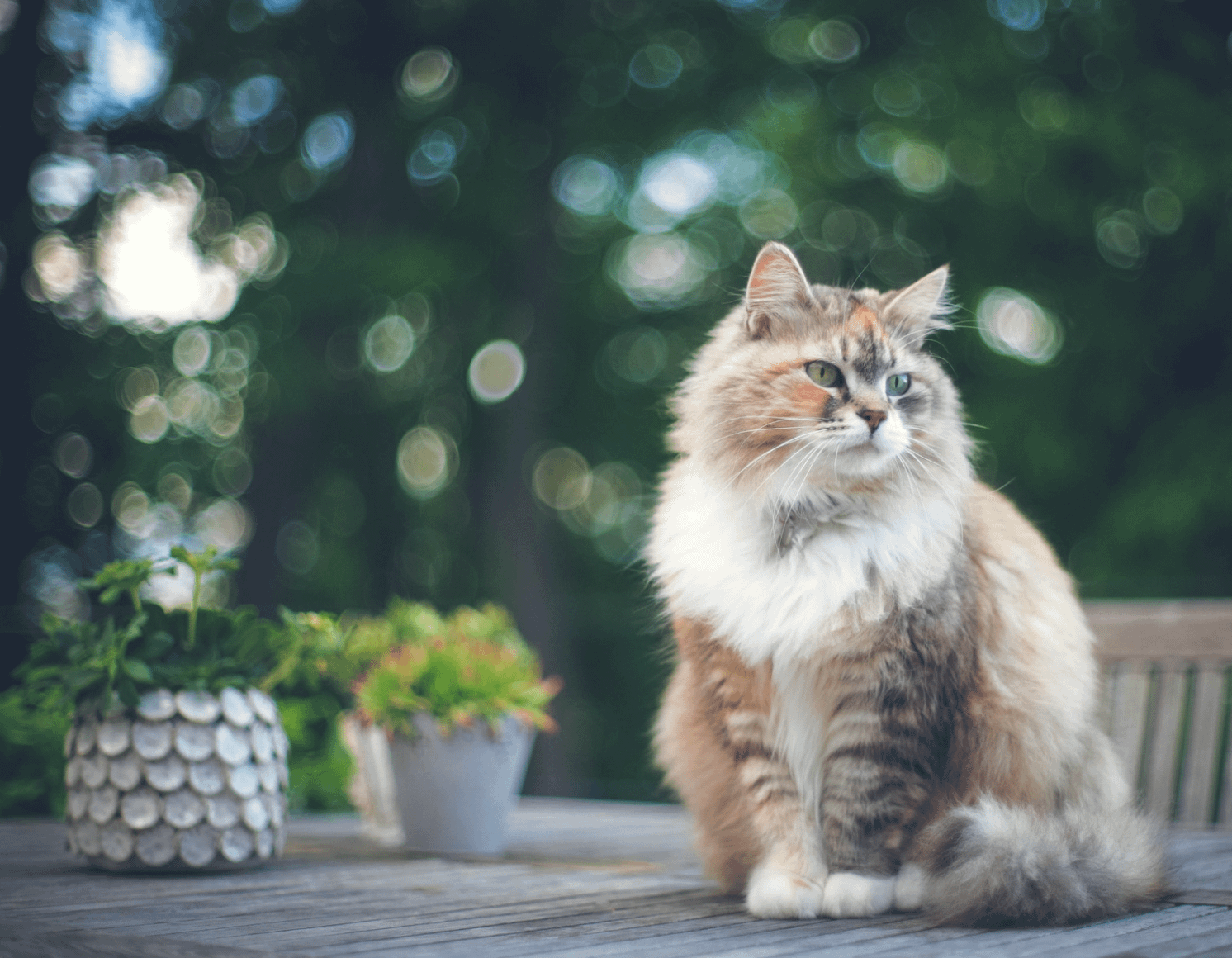
What colors and patterns does the Siberian cat have?
Siberian cats are magnificent for many reasons, but their coat versatility is definitely one of the big ones. They can have any range of colors and patterns, making them unique in that one Siberian won’t typically look like another Siberian. They are more distinct because they have no breed-specific pattern or color.
Some of the different coat colors and patterns you might see on a Siberian cat are:
Solid
A solid Siberian cat, also known as “Selfs,” will have one singular color on their coat, from the tip of their hair to its root. There will be no variations or markings on a solid Siberian, and their bold color will run throughout their entire bodies. Even their noses and paw pads will be the same color as the rest of their fur.
The following colors are more common and popular in the Siberian breed:
- Black
- Blue
- Cream
- White
- Red
Pointed
A pointed, or Neva Masquerade, pattern on a Siberian cat is a beautiful sight. This pattern is similar to that of a Siamese cat, where the body is a creamy white or beige color, and the points (face, ears, paws, and tails) are a different color, usually darker in contrast to their bodies.
These cats have bright blue eyes, and their feet can be dark brown, blue, or even red. When these kittens are born, they are almost solid white. Their points get darker with each passing birthday. So you might think you have a solid white Siberian, but surprise! The point pattern persists.
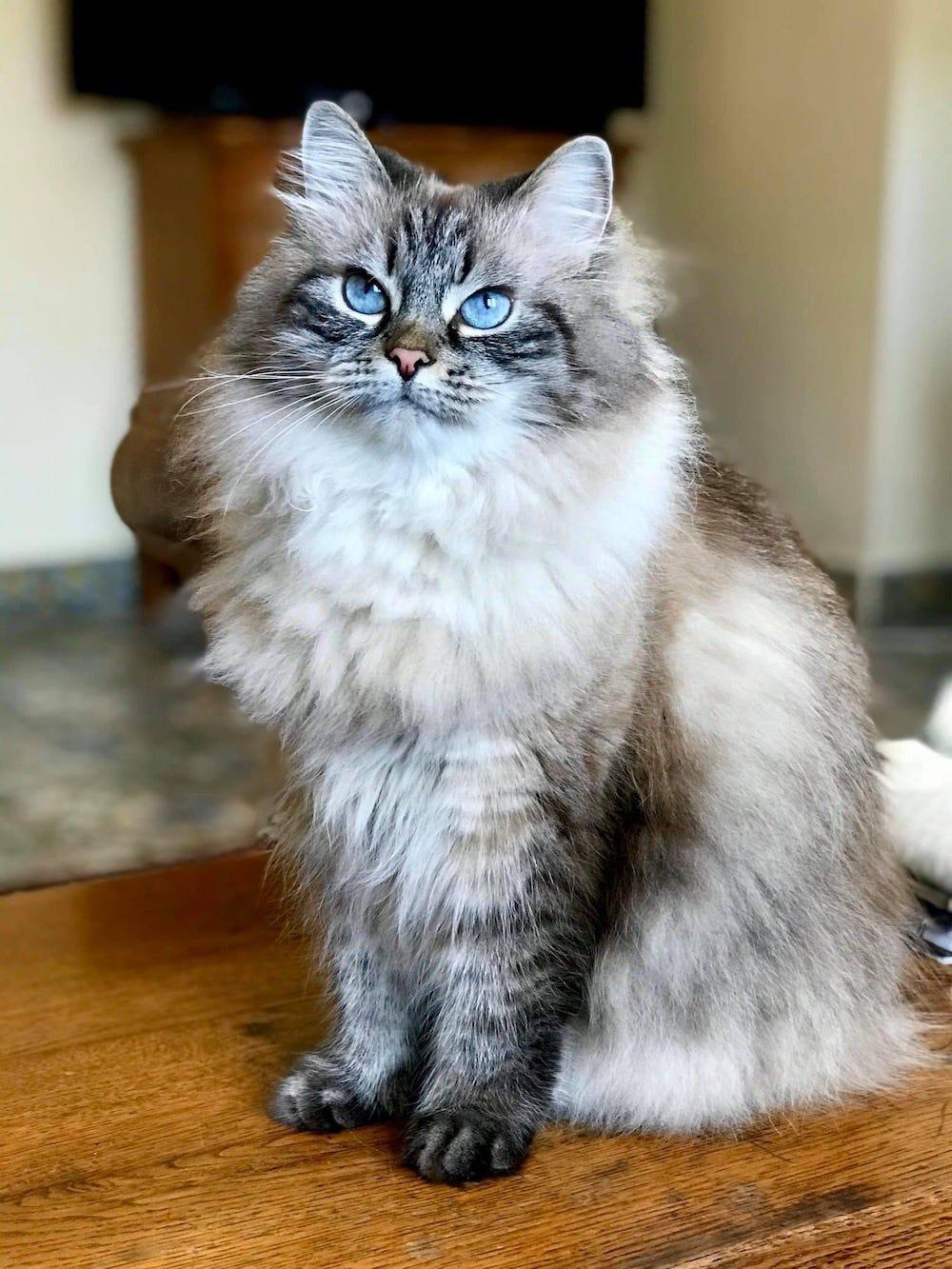
Tabby
Tabby Siberians can have various colors and patterns in their coats, but the easiest way to figure out if the cat is a tabby is if you can see the iconic “M” shape gracing their perfectly precious foreheads. Tabbies typically have rings on their tails and around their chest (forming necklaces), as well as stripes on their legs and spots on their stomachs.
Different coat color options for a tabby Siberian are:
- Black / Brown tabby: This is the classic tabby look and comes in a range of shades of black and brown. On a Siberian cat, the brown tabby coat gives them even more of a wild appearance, as they blend into the forest much easier.
- Golden tabby: When caught in the light, these cats almost shimmer. They are a beautiful golden color but are not very common. They range from an apricot color to a straw color.
- Silver tabby: Silver tabbies have a white undercoat and black or brown tips. This creates a shiny appearance, especially in the sun.
- Blue tabby: Blue tabbies happen when the cat has a dilute gene on either a red or black coat color. Their coats appear more blue or creamy.
- Tortoiseshell tabby: These cats are often lovingly referred to as “torbies” and have silver, blue, or brown coats with patches of red.
Bicolor
Siberian cats with a bicolor coat have two different coat colors. They will primarily be white with one other color, often brown, silver, or blue. Bicolor Siberians will also have a distinct inverted white “V” on their faces. Their chests and paws are usually white, with the top of their back being a different color.
Smoke
Smoke Siberians have a one-of-a-kind look that makes them even more desirable. These cats are one solid color but with silver-grey patches all over the coat. The undercoat will be a light smoky color, such as blue, cream, red, black, or tortoiseshell.
This will give the cat a very smoky look. It might appear that their hair is thinning out at the ends. Don’t worry; it’s still as thick and luscious as ever!
Chinchilla
Chinchilla Siberian cats are adorable and sweet-looking felines. They have a white coat that has tips of black or brown. This gives them a light brown, almost bronze look that makes them appear to shimmer.
These cats have dark paws, legs, heads, and backs as well. It’s very unlikely that you’ll see a Siberian cat with this pattern, but if you do, be sure to take a picture. These cats are extremely rare, and very few Siberians end up with this color and pattern.
Wideband
Wideband Siberian cats will have a dark color on their hair shafts, making the undercoat color appear different from the outer coat. Their name comes from the wide band on the undercoat color that takes up most of the cat’s hair color.
Black and blue tabbies considered wideband will have a russet-colored undercoat that makes the coat appear gold. Red tabbies will look silvery-red because the undercoat is distinctly darker than the red outer coat. Solid-colored Siberians with a wideband pattern look almost smoky, and silver tabbies will turn almost completely white.
Taking care of a Siberian cat
Yes, Siberian cats survived centuries on their own, fending for themselves, protecting their families, and adapting to the harsh weather. They definitely don’t need humans to survive, yet they choose to spend their precious days with us.
In order to give your Siberian a life they deserve, keep them busy with interactive games, give them plenty of exercise and proper nutrition, and keep their litter box clean with the help of a self-cleaning litter box.
Siberian cats are a wonderful breed that should be respected and well-loved in whatever house they call home. No matter what color your Siberian cat is, you will fall head-over-heels in love with them.
Sources:
- Climate in Siberia, Russia | USA Today
- The Stunning Siberian Cat | The Purrington Post
- Tabby pattern genetics – a whole new breed of cat - Kaelin - 2010 - Pigment Cell & Melanoma Research | Wiley Online Library
Photo credits:
- Sterling the Silver Cat
- Moderne Attraction via Unsplash
- © Ozwina / CC-BY-SA-4.0
